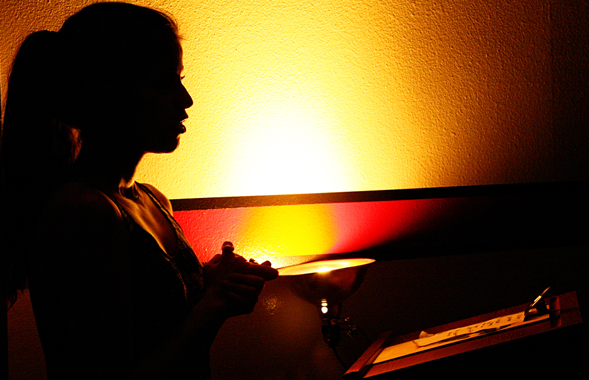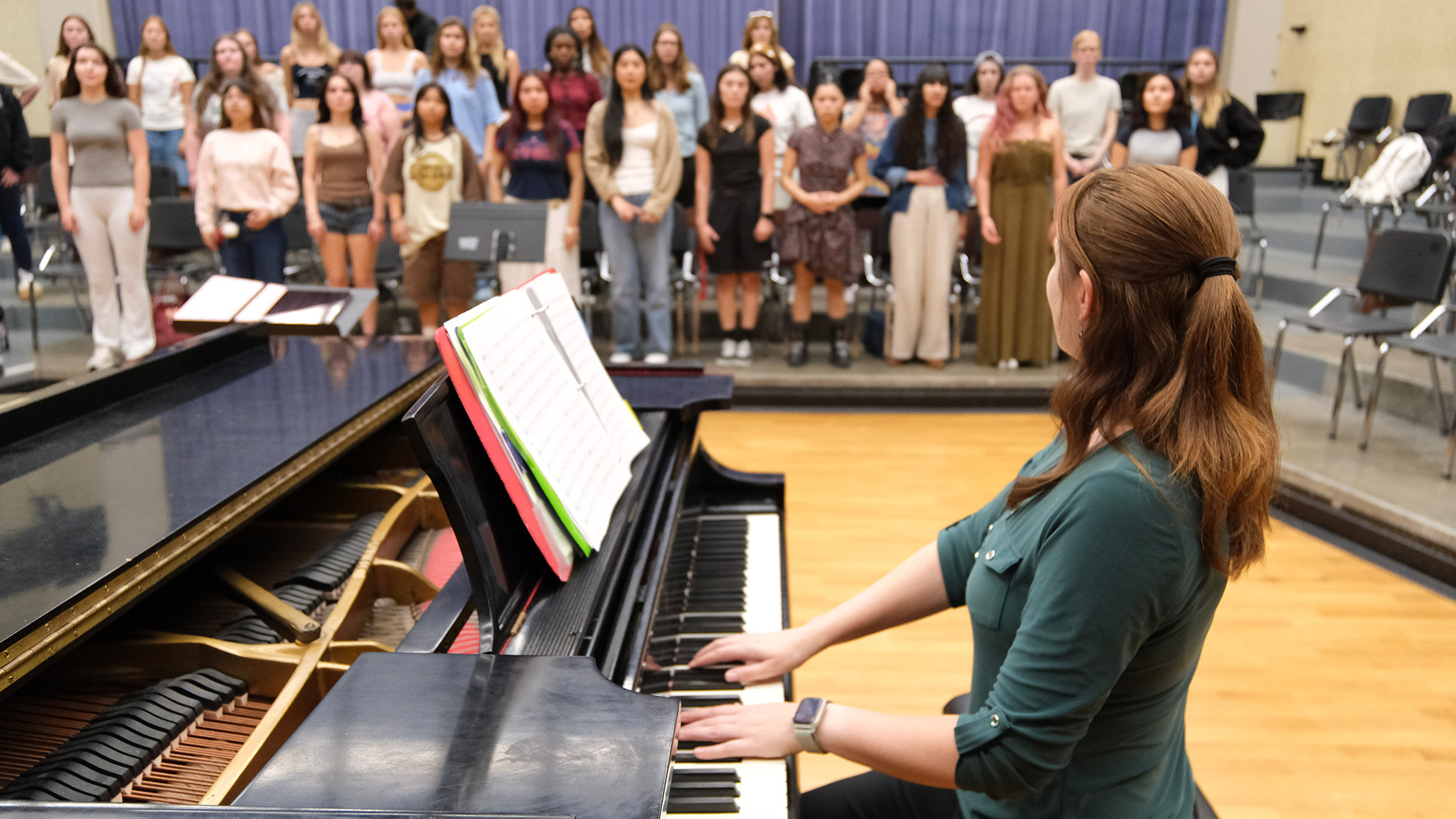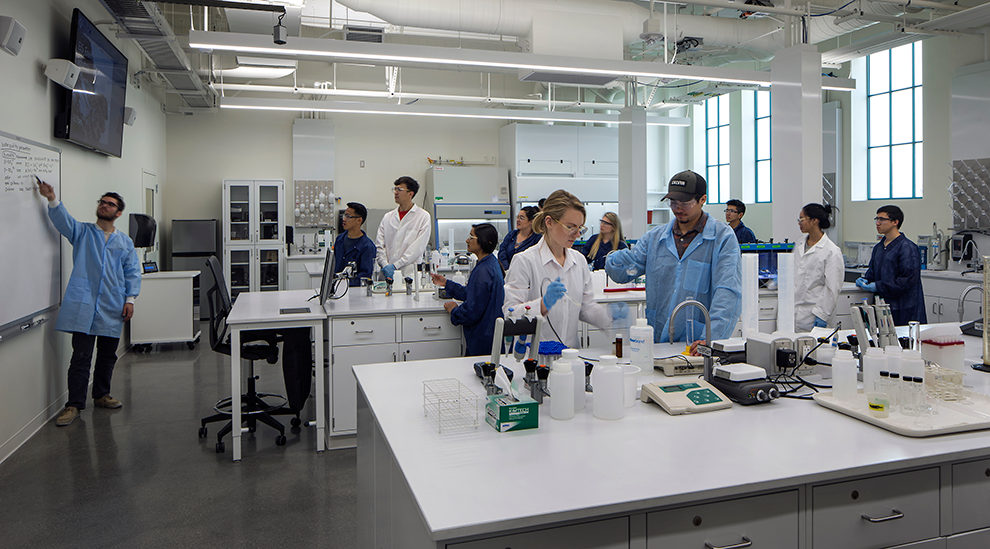Breaking the Silence of Oppression
Students explore weighty topics through the Tunnel of Oppression.

San Diego State University students come face to face with the realities of abuse, injustice and suffering through the Tunnel of Oppression which opened on campus Sunday.
The student production features a series of dramatic vignettes that use sensory experiences to highlight different types of oppression, including domestic violence, sexual assault, religious discrimination and race and poverty issues.
“The scenarios are very real for many of our students,” said Christy Samarkos, director of the SDSU Residential Education Department. “And for some of our other students, they’ve never experienced any of it. In either case, it’s become a real call to action. After having gone through the tunnel, students want to make a difference and stand up when they see oppression happening.”
The Tunnel of Oppression is designed as a conversation starter and enlightening educational experience. Participants travel silently through the tunnel in small groups and, at the end, discuss their reactions and thoughts about the impact of oppression. The last component of the production, called the “Light at the End of the Tunnel,” includes resources for personal support as well as information about specific community service and volunteering opportunities that help combat oppression.
A visceral experience
The Tunnel of Oppression, which has been staged at SDSU since 1999, is effective largely because of the emotional, visceral response it evokes in participants, according to Samarkos.
“Students usually describe some kind of physical reaction after they’ve gone through the tunnel, whether it’s a pit in their stomach, nausea, or a flutter in their chest,” Samarkos said. “We don’t want them to live with that feeling, but we ask them not to forget it. We don’t want any of our students to have to live with these feelings of oppression, and that’s why we do this.”
Setareh Nouriboshehri is one of the student actors in the Tunnel of Oppression. All of the actors are resident advisors, community assistants or academic mentors who have spent more than a month preparing for the production.
She said she hopes her role in the tunnel will help students be more inclusive not only in their behavior, but also in the way they think.
“A lot of projects around campus have a focus on being respectful and inclusive,” Nouriboshehri said. “But with the (Tunnel of Oppression) I find myself going beyond just being respectful and really thinking about how my words are affecting others."
"I think sometimes when people are faced with issues like racism, they look at it as trying to be more politically correct. But being politically correct is kind of just looking out for yourself. Being truly aware and inclusive means you’re looking out for the feelings of others.”
Living and learning
Through its Life 101 programming model, the residential education department addresses issues relevant to college-age students in 10 areas including healthy living, interpersonal skills and behavioral risk reduction.
Students living in SDSU’s residential learning communities are required to attend the Tunnel of Oppression, which falls into the diversity and pluralistic living skills section of Life 101.
The tunnel takes place at the Tula Community Center now through Nov. 6 from 4 to 9 p.m. daily.



